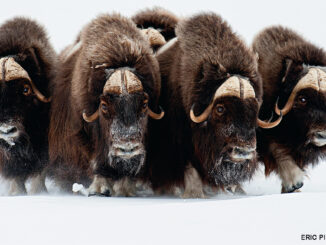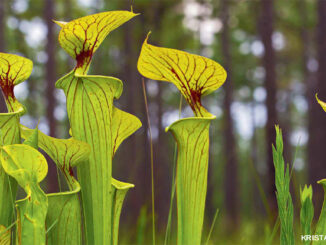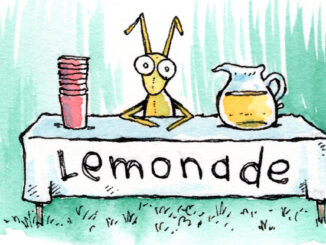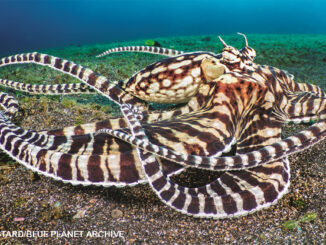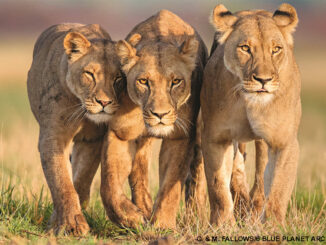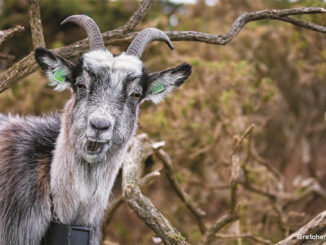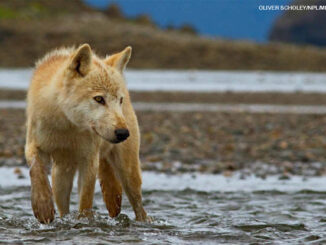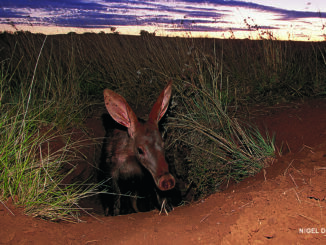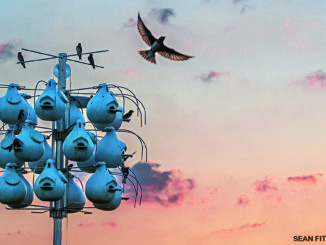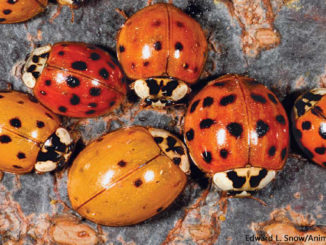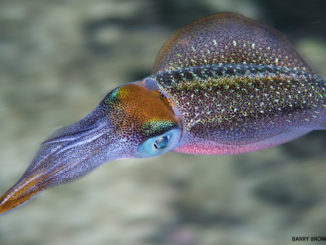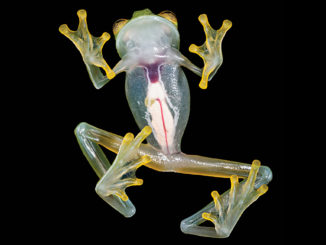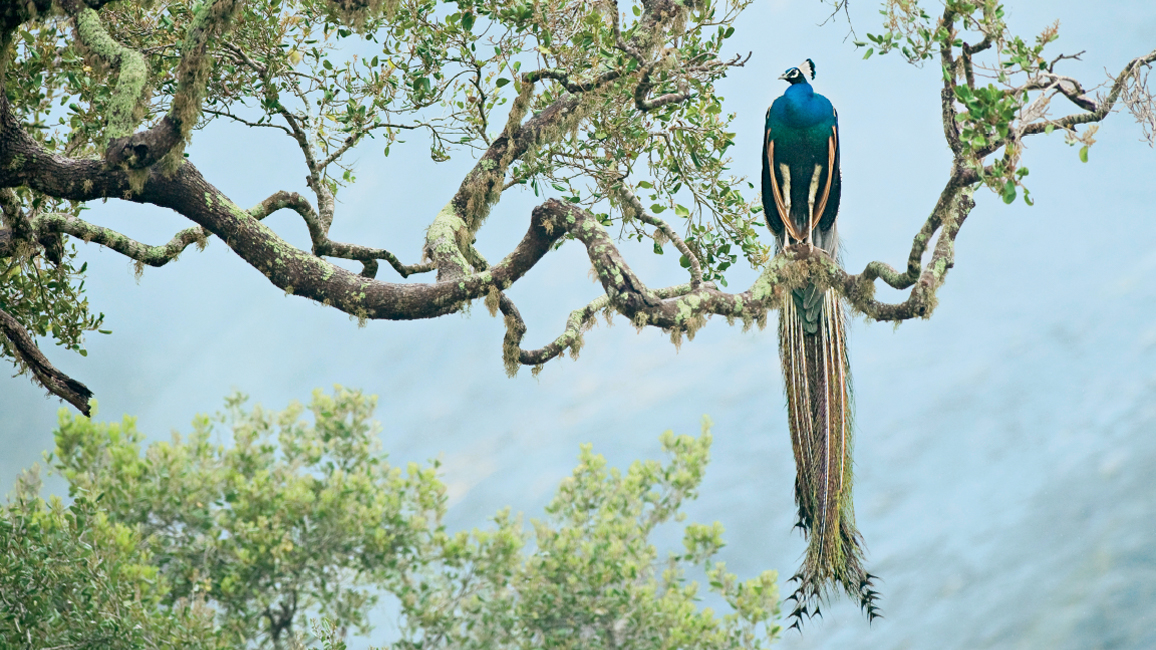
Razzle-Dazzle Bird
By Ellen LambethNo bird is better dressed for success than a peacock!
A wild peacock perches on a branch like a king on his throne. There’s no mistaking this big bird, with his brilliant blue body, impossibly long tail, and crown-like head feathers. There’s no mistaking his calls, either: They’re LOUD!
We’re talking about the male bird here, which is what a peacock really is. The quieter, less-showy female is called a peahen. Both are called peafowl. The ones pictured here are blue or Indian peafowl. In the wild, they live mostly in the South Asian countries of India and Sri Lanka (see map). But you might see “pet” peafowl just about anywhere people like having them around.
A peacock shows off his long, fancy feathers in a public garden in Spain. It’s not unusual to find tame peacocks in parks and other places far from their wild homes.
Chicken Cousins
Believe it or not, peafowl are related to chickens. And, in some ways, they’re like the basic barnyard birds you may be used to. For example, peafowl eat just about anything they can scratch up, from seeds and other plant parts to insects and spiders. They sometimes even catch bigger creatures, including lizards and frogs.
Also like chickens, peafowl aren’t known for their flying ability. They hang out mostly on the ground. But they can always flap away from danger—or up into a tree for the night to sleep.
Fantastic Feathers
For a peacock, it’s all about the feathers. His gorgeous “peacock blue” color is often copied for designer paints and fabrics. His feathers are also iridescent (eer-uh-DESS-ent). That means they reflect light in all different directions, causing the colors to shimmer and shine.
The peacock’s “tail” is his main claim to fame. It’s really not a tail at all, but a cluster of feathers between his back and his actual tail that forms a long, flowing train like on some brides’ gowns. These special feathers are accented with eye-catching “eyespots” that show up even better when the peacock lifts the feathers and fans them out.
Shifting sunlight changes the plumes’ naturally brown color to shimmering shades of blue and green.
A dirt road makes a nice open space for this peacock to spread his fan.
“Hey—look at me!” says he. “Not now—I’m busy!” says she.
The peahen decides which peacock will be the best mate.
Showoffs!
Peacocks seem built to impress peahens. Their loud calls sound like bragging. Their showy feathers look like bragging. And their fancy dance seems like bragging, too.
Here’s how it works: A peacock goes to an open area. Then he screams to attract the attention of peahens and scare off other peacocks. He’ll strut his way over to a peahen, turn around, and spread his fan, shaking the feathers to arrange them just so. Next, he’ll turn around to face her, scream at her, and flutter and rattle his fan. What a show!
If he manages to convince a peahen to choose him as a mate, then a family of peachicks will soon follow. And that’s the whole point!
Mom raises her chicks alone. They stay safe by blending in instead of standing out.
Birds of a Feather?
Most people are familiar with the Indian (or blue) peafowl featured in this story. But there’s also a close cousin, the green peafowl, which lives in Southeast Asia. A more distant cousin, the Congo peafowl, lives in Africa.
“Razzle-Dazzle Bird” originally appeared in the November 2016 issue of Ranger Rick magazine.
(Click on each image above for a closer view of the story.)






